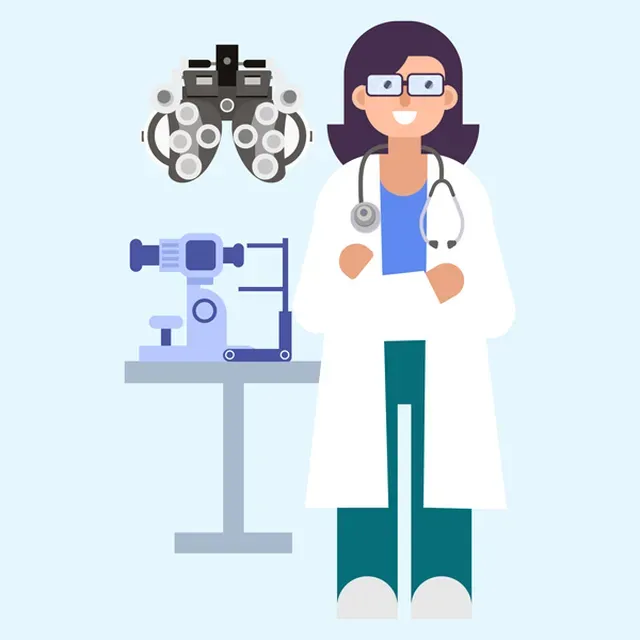
Myopia, commonly known as nearsightedness, is the most common refractive error. People with myopia have difficulties seeing distant objects. It can either occur when the eyeball is too long or if the cornea or lens is too curved.
Causes:
If a child possess progressive myopia, it may lead to retinal complications and reduced vision when they are older.
Atropine Eye Drops
We provide atropine treatment for myopia in children. Although atropine drop is approved by FDA for treating amblyopia (lazy eye), studies have reflected that myopia progression can be minimized with atropine eye drops. For child with mild and moderate myopia, low dose atropine eye drops would be prescribed. These drops are applied at night before sleep so that your child would not be affected by the side effects, including blurred vision and worsened light sensitivity, during the day. Plus, these side effects are usually too mild for child to notice.
When child start atropine therapy, we will schedule follow-ups with the schedule below:
The follow-up schedule could be adjusted if any complications arise.
Soft Contact Lenses
We offer MiSight® 1 day contact lens, which is the first FDA-approved soft contact lens, is designed to lessen the progression of myopia and correct vision in children aged 8-12 years old at the initiation of treatment. It helps children see distant objects, somehow like wearing glasses, so that they can engage in the activities at school. Most importantly, the lenses are so soft and comfortable that can be easily put in and taken out for children. The lenses should be worn every day and discarded after each removal.